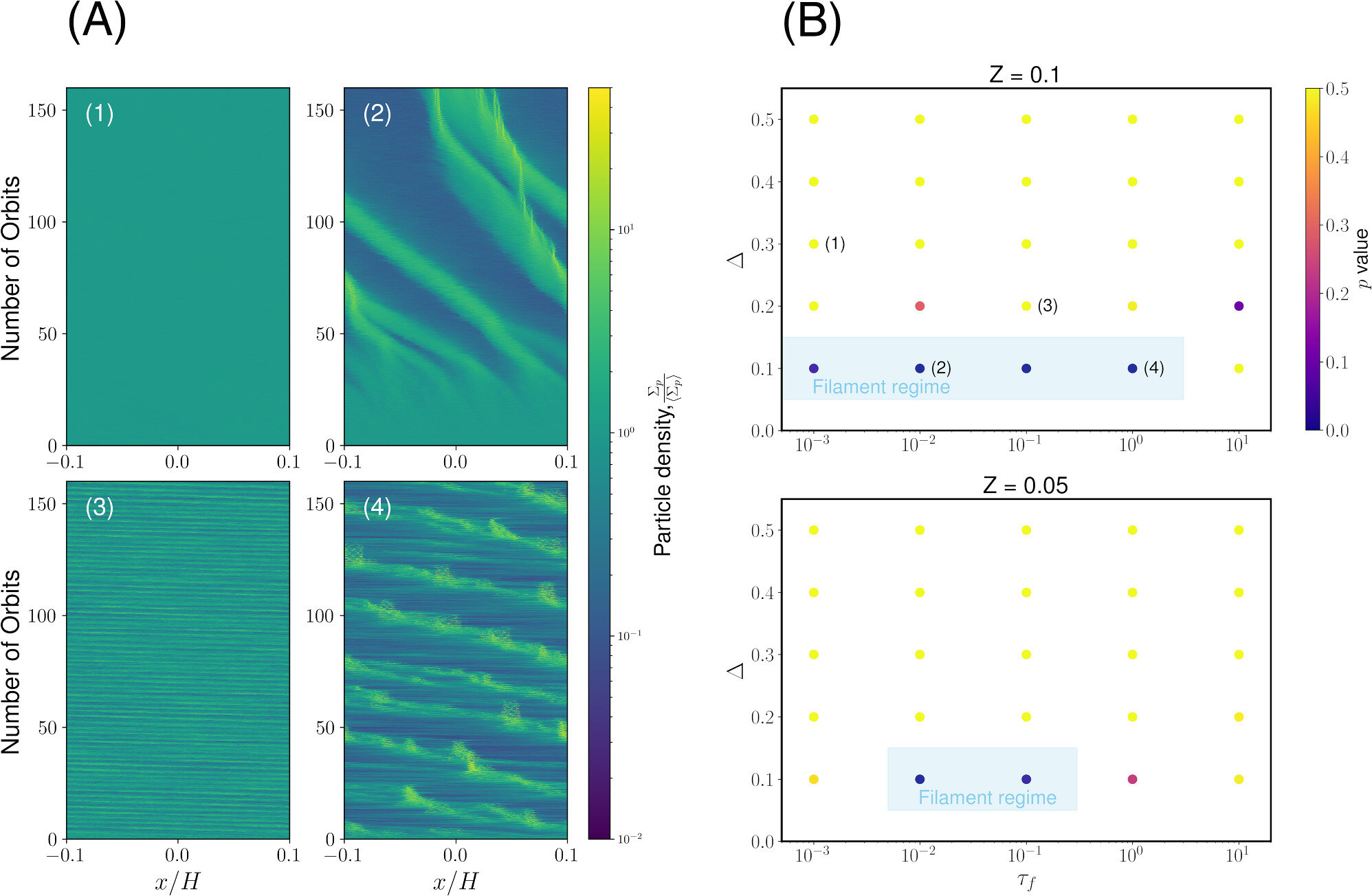Scientists around the world are constantly on the hunt for planets outside our solar system that could potentially provide a habitable environment for life.
While many scientists theorize that a moon isn’t necessary for a planet to sustain life, they also acknowledge that our disproportionately large moon played a crucial role in the development of complex lifeforms on Earth.
After all, it is the moon’s gravitational tug that is largely responsible for the tidal flow of the oceans, which scientists believe enabled the formation of the nucleic acids that fostered life as we know it. And the moon stabilizes Earth’s orbital tilt, which keeps the climate relatively predictable so organisms can more easily evolve and adapt.
Scientists have detected more than 5,000 exoplanets—planets beyond our solar system. But exomoons—moons that orbit exoplanets—are elusive because they are, by nature, so much smaller than the planets they orbit. To date, only a couple plausible candidates have been identified.
That may matter in the search for a second Earth, one that could offer an ideal environment for life.


